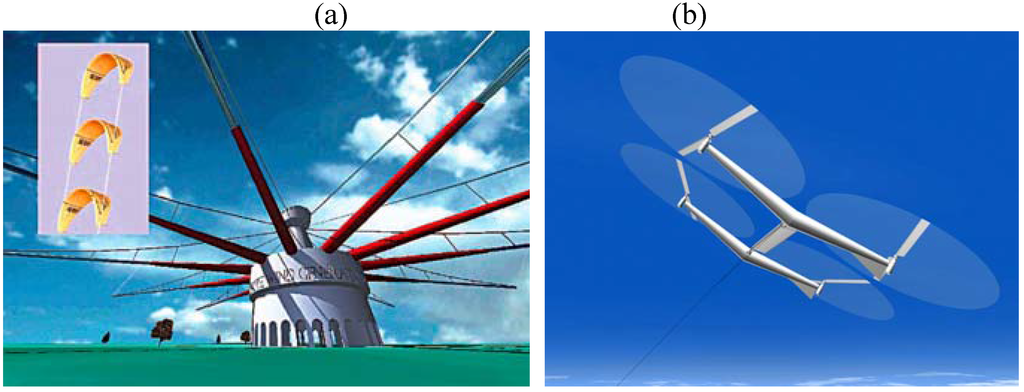This topic is now over 4 years old. From a marketing point of view, there are no new elements to my knowledge. Which in itself can lead to clarification. The market has given its point of view.
My take is that traditional HAWT wind turbines work well and should not be challenged with AWES for comparable altitudes and winds: their efficiency is higher, which is normal since all the wind energy captured is devolved to electricity production.
Things may be different for truly high altitude winds, say above 2000 m but below the altitude of airliners. A now old publication details the reasons.
3.1. Global Vertical Profiles
First, we analyze the profile of global average wind power density by level (Figure 2a), obtained by averaging, for each percentile, the wind power density over all latitudes and longitudes. The highest wind power densities are found at altitudes between 8,000 and 10,000 m above ground, corresponding roughly to the height of the tropopause. The 10,000 m altitude appears to be the maximum height that is worth exploring for high-altitude wind power technologies.
Whereas above 2,000 m wind power density increases monotonically with height, the altitude range between 500 and 2,000 m has relatively constant wind power densities, with actually a slight decline between 500 and 1,500 m for median and slower winds (i.e., winds available ≥ 50% of the time). This finding, consistent with [5, 6] for several sites in Europe, suggests that, on average, there may not be much benefit in going higher than 500 m, unless reaching above 2,000 m.
Although the most rapid increase in wind power density with altitude occurs between 6,000 and 7,000 m (for median winds, +0.37 W/m² for each m increase in altitude), going from 80 to 500 m also gives a significant increase in wind power density (+0.25 W/m²/m for median winds).
Now the new giant HAWT reach easily 200 m and more. It would now be necessary to analyze whether AWES flying at 500 m altitude could be more productive thanks to the wind surplus and despite the relative weakness of their efficiency. We could then design crosswind systems like MAWES, including several SkySails kites.
As between 500 m and 2000 m not much happens, let’s move on to the level above, from 2000 m, and let say up to 6-7 km. With such energy densities, and also such tether lengths, more static AWES may be preferred, as was the case in its time for Sky WindPower.
But all this must be sufficiently light, and with simple, non-conductive tethers, in pumping mode, and “sweep” a large area. For that I would see a Parasail-based Airborne Wind Energy System, as an improvement of Zhonglu HAWP Technology, by using special shapes for high drag and lift coefficients.
Of course parasail-based AWES would be tested in first at lower altitudes, but without being able to hope for any market, this type of device can only be effective with strong high altitude winds.

